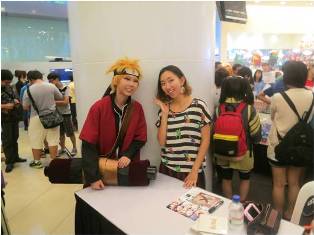

Featured Article of the Month
Beginning of a New Journey By Rie fu
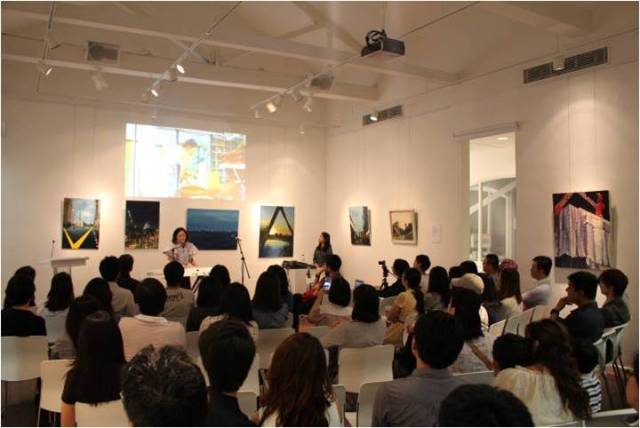 I have had an exciting profession as a singer-songwriter for more than a decade, as an artist name Rie fu. People often ask me where this name came from, but it’s an abbreviation of my name Rie Funakoshi. I write the kind of organic, acoustic music with the lyrics of both English and Japanese, perform on the piano/guitar in intimate acoustic concerts, and occasionally getting more volume with a band. I enjoy engaging with the audience in a relaxed way by being honest in both my songs and performance style. Just when I was facing the frustration in 2014, my husband’s work brought us to Singapore, and it changed the way I play and perceive music ever since. This hub city of Southeast Asia gave me so many amazing opportunities to perform and meet new people in places I never thought would have any fans of my music. The experience was new, but somehow felt like I had come back home with the audience creating a warm welcoming mood. In the first week of moving to Singapore, I went to a J-pop music event in which my artist friend from Japan was performing. As I was leaving the venue, quite coincidently, I had the chance to meet Ms. Ito of the Japan Creative Centre of the Japanese Embassy. As I was ambitious to explore the cross-cultural activities through music in a new country, JCC was the perfect facility to collaborate with, and in April of 2015, I had the privilege to hold an acoustic concert and a painting exhibition at their wonderful colonial-style gallery site. As many local audience turned up at the event to see my paintings and acoustic live, I was amazed at how many people knew about me in Singapore, and realized that it was all thanks to a certain Japanese culture that is now part of the youth culture internationally; ANIME (animation). I had been singing a few animation theme songs over the years, and one of the songs titled Life is Like a Boat, used for a popular animation Bleach, was known even in Singapore and beyond. The record company I was initially working with during my debut had an animation division, having tie-up relations with the labels so that their artists’ singles were used for the animation works, and that was mainly how the songs were promoted. Initially I was bewildered by the tactic, as it seemed the quality of music itself was deviated when being tied up with animation of another content, but now I see it from a completely opposite angle; having the animation and music as a set actually elevates the experience of listening to the songs, attaching them with stories and memories of how they enjoy the animation itself. Most profoundly, such unique combination makes Japanese culture interesting altogether. |
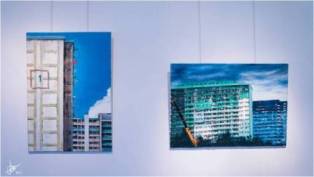 © Photos by Bao Xiao |
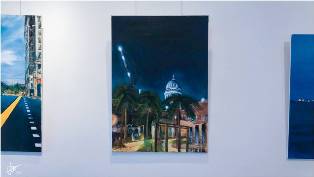 © Photos by Bao Xiao |
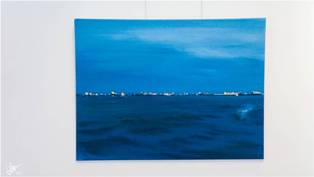 © Photos by Bao Xiao |
|
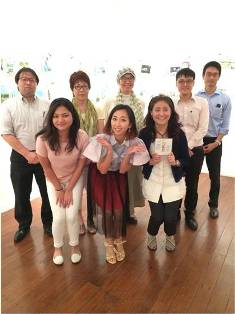 Rie fu's Group Photo with JCC Staff |
|
|
Japan Creative Centre 4 Nassim Road, Singapore 258372 +65 6737 0434 / jcc@sn.mofa.go.jp http://www.sg.emb-japan.go.jp/JCC Nearest parking at Orchard Hotel & Delphi Orchard |
 |
2016 will mark the 50th Anniversary of Singapore-Japan Diplomatic Relations |  |
